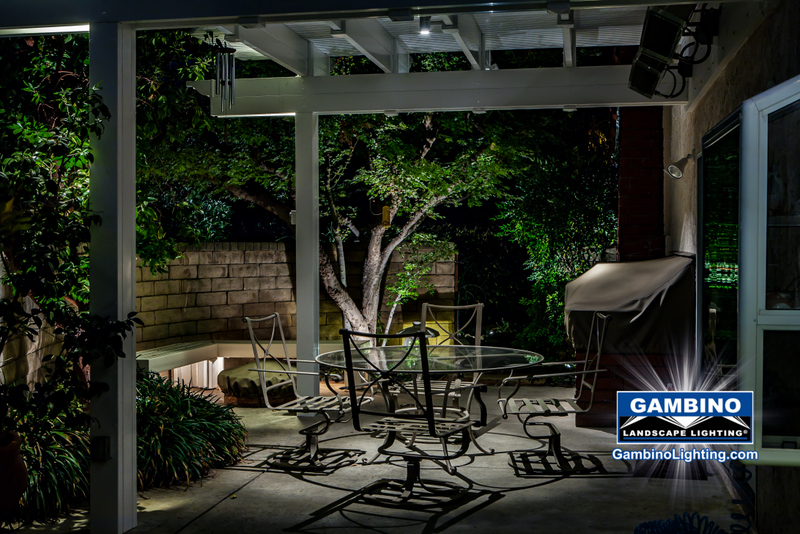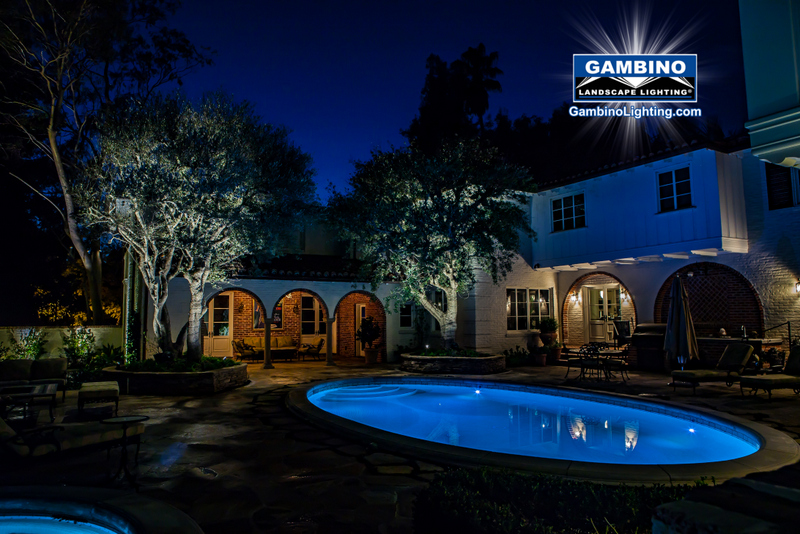14 Aug As technology continues to evolve, Landscape Lighting Design and Build sales might be completed over the phone and Internet
By Mike Gambino
For decades, the “in-home” Design consultation/demonstration has been a standard in the landscape lighting Design/Build sales process. But the Internet, emerging technology, and a pandemic may change the future of the in-home visit forever.
In many industries, the path to purchase has become simpler and easier. You can book a restaurant reservation online. Uber and Lyft can pick you up and take you where you need to go without calling a cab. Even haircuts can be scheduled with a few taps on a mobile phone.
None of these purchase paths include a phone call or a person-to-person conversation. It won’t be long until homeowners start to ask the home improvement industry to simplify their purchase processes as well. Homeowners in general, but especially millennials, are looking for ways to improve their homes without an in-person sales presentation.
 How Would It Work?
How Would It Work?
As technology has evolved, it has become easier to see, understand, and visualize a product or service and purchase immediately. People buy clothes without trying them on. They buy furniture without seeing it in person. Why can’t they illuminate their outdoor environment the same way?
The sales process is going to shift gradually, very gradually, from in-person consults and demos to mobile-based sales, primarily by way of phone calls, internet interactions and texts.
And while that sounds like a major shift, the home improvement industry won’t have to start from scratch. Much of the technology needed to do phone-based sales already exists and is being adopted by some of the major players in the home remodeling business.
 Changing the Upfront Sales Conversation
Changing the Upfront Sales Conversation
Step one in the sales visit is getting information. In order to create an accurate value proposition for your prospects, you need to know more about the home you’ll be working on. How are we supposed to do this if you can’t even get in the door?
There are also technology options here—namely Google Earth Maps to determine outdoor landscaping layouts. Photos taken and sent by property owners with key information and specifics making it easier to automate the evaluation process, generating general cost estimates without a visit.
The potential is enormous for both the service provider and the customer: clients that provide measurements for almost any exterior project, including landscape lighting. You that information can then be used to start a sales conversation over the phone, rather than sending a representative or design consultant to the house.
As a result, our sales team will be spending more time in the office—and reaching out to more clients—because we don’t have to travel nearly as much. Meanwhile, the homeowner doesn’t have to let a stranger into the home and doesn’t have to block out two hours for a presentation. It gives them the control and flexibility that they want.
Companies doing exterior improvements will be able to deliver a preliminary project plan and price to the homeowner—subject to change if it turns out that there is a serious unforeseen problem. Only after a homeowner chooses a general scope of work and a budget will a professional go to the home to confirm evaluations and ensure that there are no issues that would raise the cost (such as difficult soil or site conditions, insufficient primary power etc.).
Some Home improvement companies are already successfully practicing on-line and phone selling . They are handling the entire upfront sales conversation and product selection online and over the phone. Homeowners describe their job in detail, and then a phone conversation moves the process forward. Finally, the company dispatches a representative to review the job, but only after price and product are agreed upon.
 Mobile Makes Projects Easier to Estimate
Mobile Makes Projects Easier to Estimate
Most people use their cell phone as their primary camera. They take pictures of everything they need and everything they’re interested in. A picture, as the saying goes, is worth a thousand words.
It makes sense then that younger homeowners are more interested in looking at images online than looking at samples and product flipbooks in person. In the era of Facebook and Instagram, users are able to work with images in more ways than ever before. A homeowner wants to be able to take a picture and get an accurate idea of project cost.
We currently have the ability to give a general price quote to the homeowner that uploads a photo or photos of his or her yard in order to generate a quote. After they submit the photo, with accompanying information, they can receive a general price quote either via phone call or online.
Bringing Virtual Reality to Home Improvement
Another image-based selling tool is virtual reality (VR). Similar to old school architectural mockups, VR allows the homeowner to truly visualize what their finished project will look like. It is especially appealing for landscape lighting designers, as homeowners can easily visualize design styles, designs and placements. During the typical sales presentation, the sales rep spends a good chunk of time helping the homeowner imagine their completed project. With image-based software and VR, you can truly bring their vision to life. Is it technically an in-home visit? Yes. But, the technology does most of the talking. Millennial prospects will enjoy both the experience and the security of knowing the final result of their investment.
This trend is new and in its infancy which will trickle in rather slowly over time.
Delivering a Memorable Quote
Without the in-home visit, the estimate is our biggest opportunity to sell a lighting system. With the average person spending over 4 hours a day on their mobile phone, reaching the homeowner by text, email, and telephone is our best bet. The goal is to make them feel comfortable and engaged.
Texting is by far the best way to connect with millennial homeowners. With 98% of all text messages opened by the recipient, texting can be a valuable tool in driving discussions and resulting business with homeowners. Home improvement companies can use text management tools to set appointments, notify homeowners of progress, gather customer satisfaction data, and follow up.
Even with the popularity of text, telephone sales techniques will still be a vital skill. And this is going to be the hardest transition for many home improvement companies to make. Turning our killer, sharply-trained in-home sales force into one that is equally good on the phone will require practice.
 This Change Has Happened Before – and Homeowners Liked It
This Change Has Happened Before – and Homeowners Liked It
Several years ago, some of the largest home security companies in the country moved away from the in-home sales model and embraced phone sales completely. Their dealer networks became installer networks, while sales was handled in-house by phone sales experts. They’ve grown exponentially ever since.
Technology has created a generation of information-first homeowners. Younger homeowners will want to plan their home improvement projects in the place where they’re most comfortable: on their mobile devices. Making the sales process as easy as possible—and using technology in our approach—is key to securing business with this generation of homeowners.
A new sales approach won’t and shouldn’t happen overnight. But, we’ll want to be prepared to meet the expectations of homeowners who want a simplified purchase path. Just like an old home, the home improvement sales process has good bones, but it will need to be updated as homeowners and technology continues to change.
 This landscape lighting blog is published by Mike Gambino of Gambino landscape lighting inc. all rights reserved. Mike is
This landscape lighting blog is published by Mike Gambino of Gambino landscape lighting inc. all rights reserved. Mike is  a professional landscape lighting system designer/ builder and has been designing, installing and maintaining landscape lighting systems for more than 30 years. Mike resides in the Los Angeles area with his wife and 2 sons. To visit his website go to www.Gambinolighting.com . To inquire about hiring Mike please click here .
a professional landscape lighting system designer/ builder and has been designing, installing and maintaining landscape lighting systems for more than 30 years. Mike resides in the Los Angeles area with his wife and 2 sons. To visit his website go to www.Gambinolighting.com . To inquire about hiring Mike please click here .
Blog articles may be published with permission on other websites without editing or removing links.



No Comments